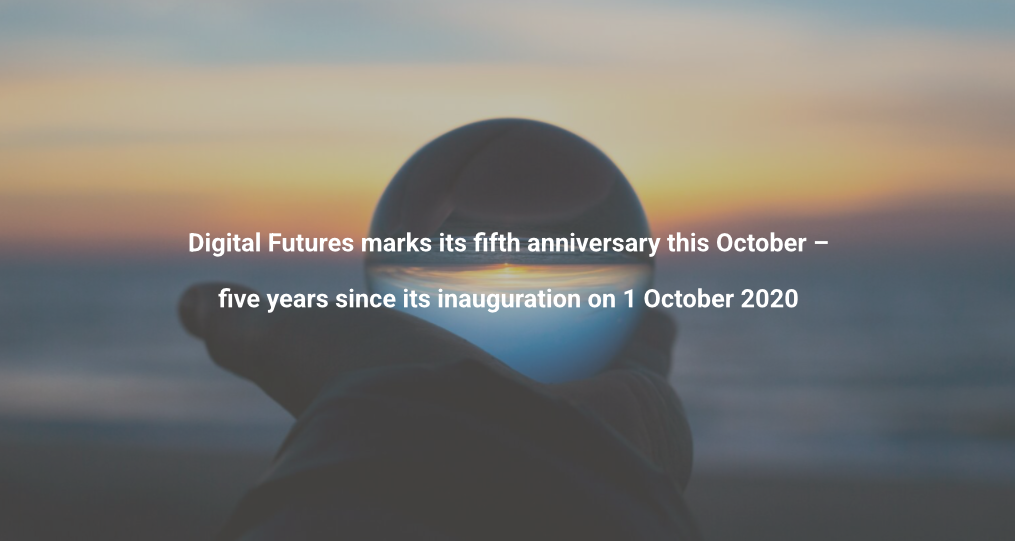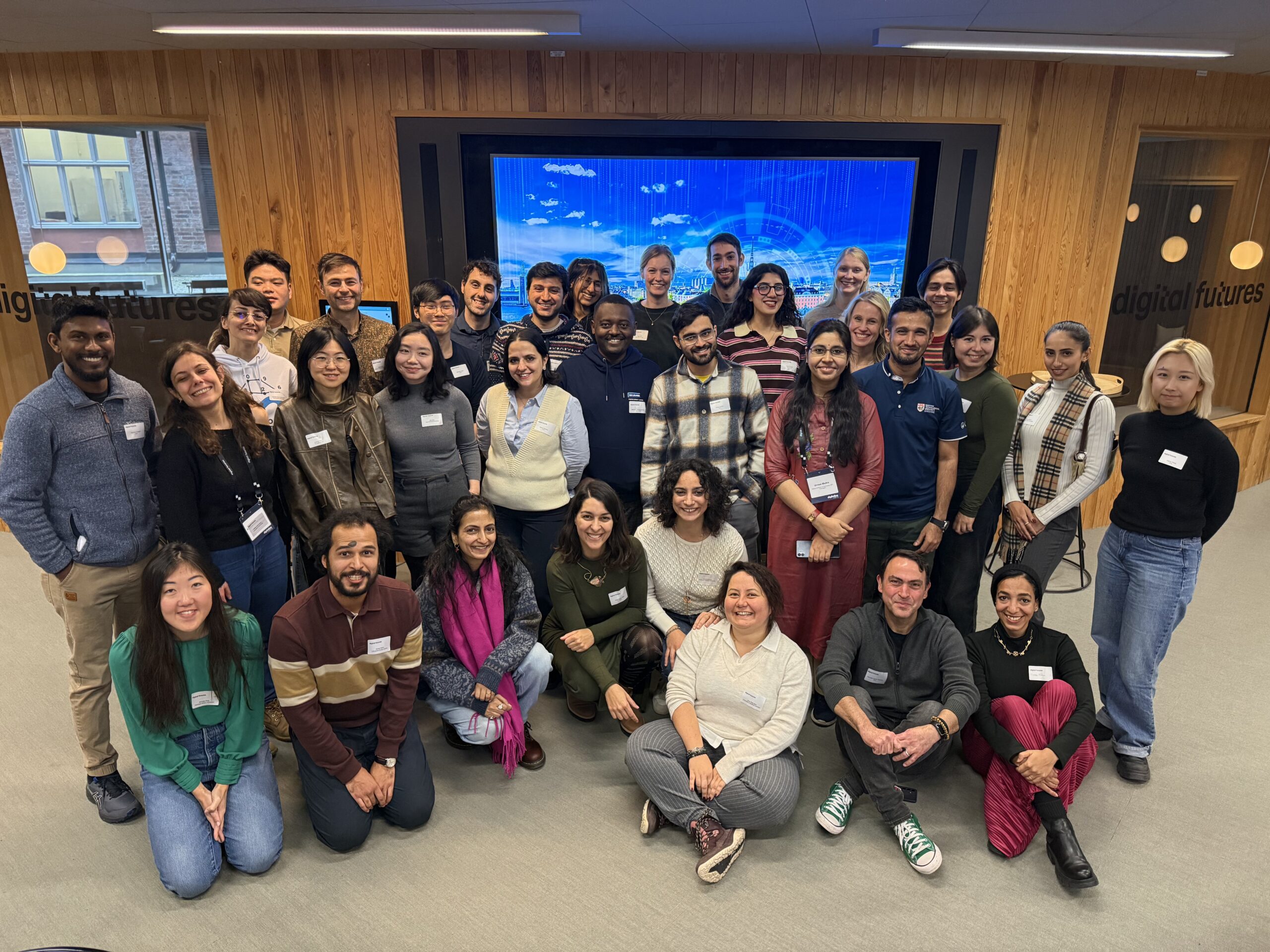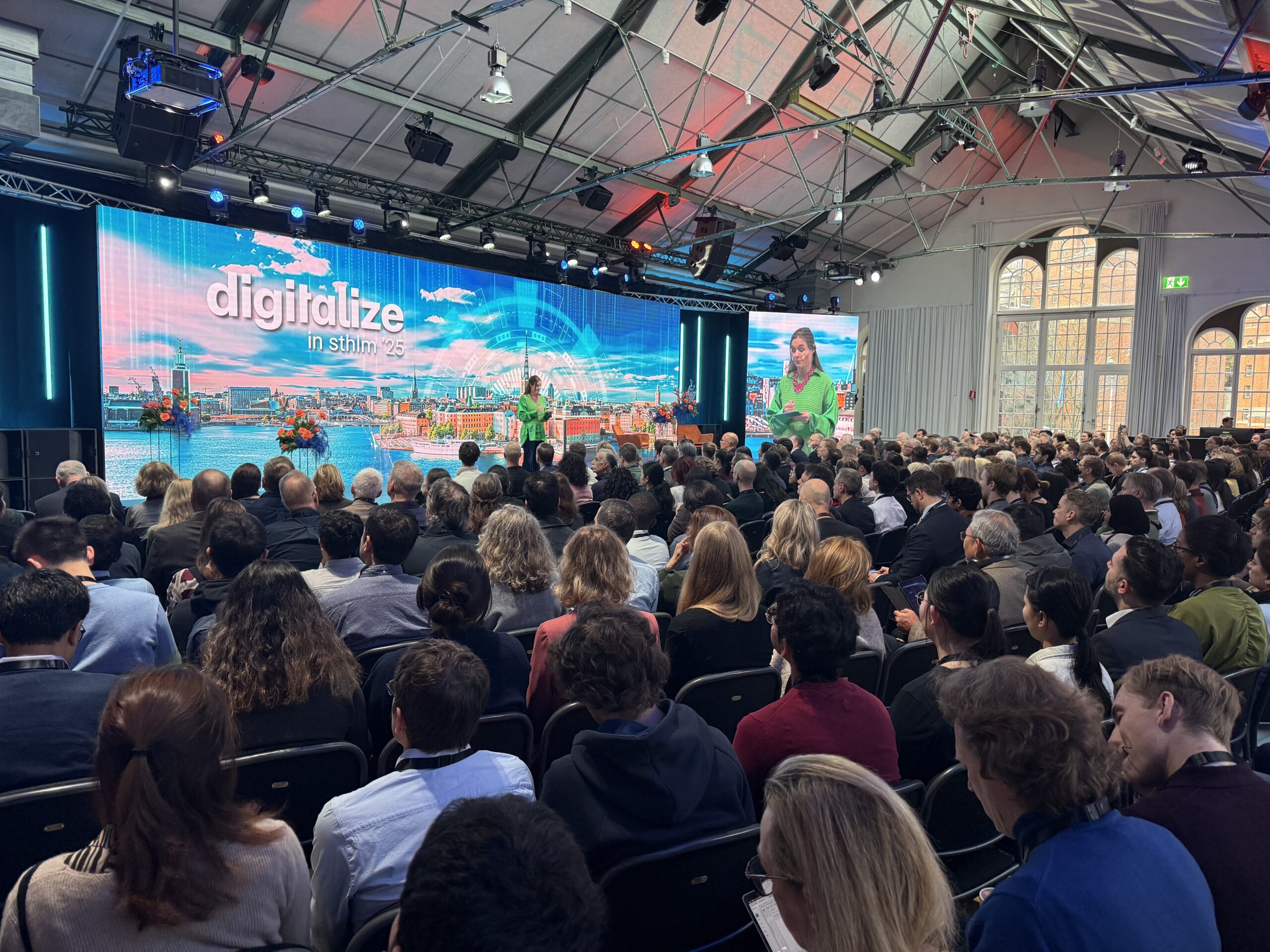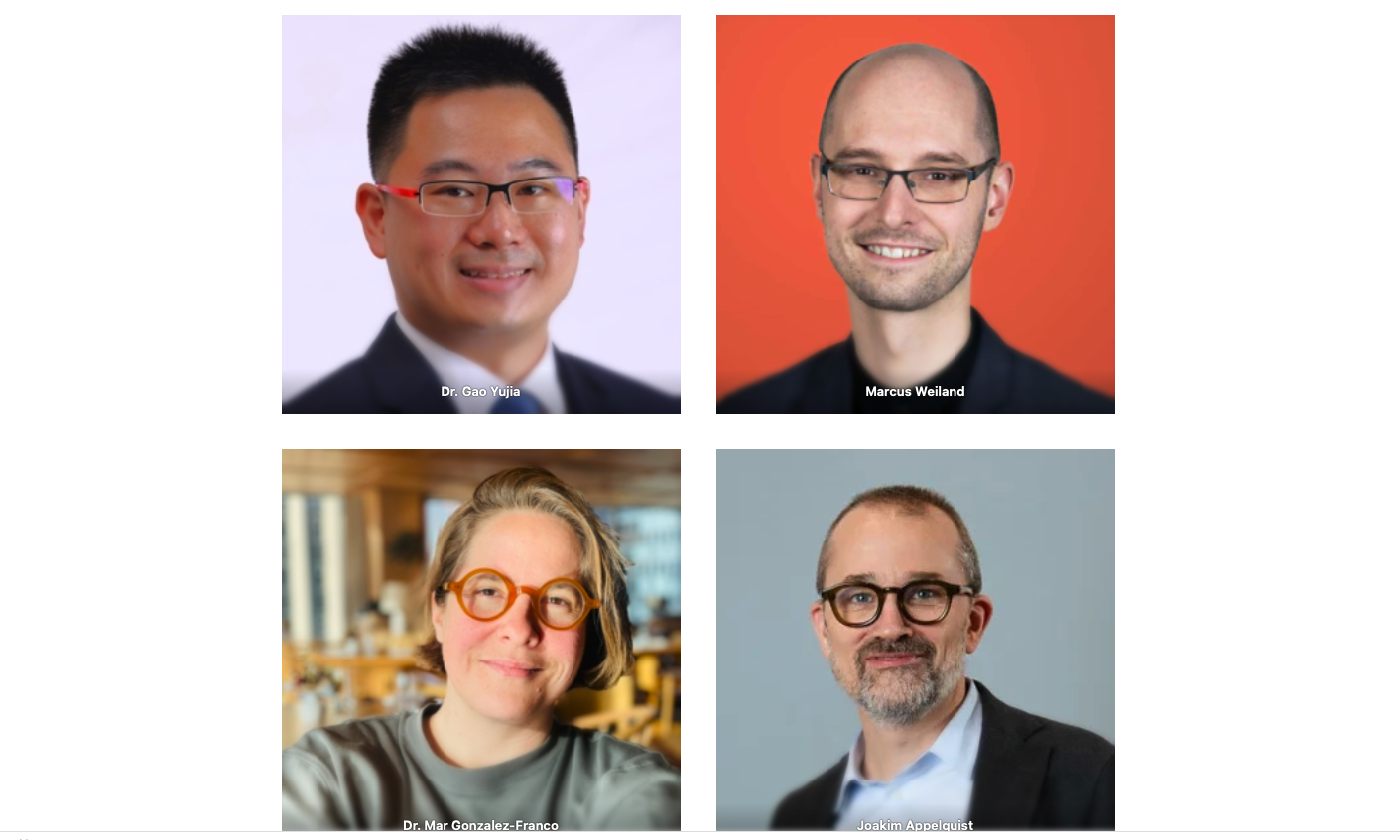Digital Futures marks its fifth anniversary this October – five years since its inauguration on 1 October 2020. Over this short but impactful period, the research centre has grown into a vibrant hub where academia, industry, and the public sector come together to shape a sustainable digital future. As Digital Futures enters its next chapter, we spoke with Annika Szabo Portela, the newly appointed Executive Director. In this interview, she reflects on her first impressions, shares her vision for the future, and discusses how collaboration and responsible innovation will drive the next five years of Digital Futures.
How would you describe your first month at Digital Futures? Any key highlights or memorable moments so far?
– It’s been very energizing to be on-boarded by skilled and warm colleagues! What a vibrant ecosystem to learn and collaborate in. I feel fortunate to be immersed in an environment where world-class faculty and partners gather daily to exchange ideas. A standout moment was seeing how AI is changing healthcare at the recent joint Societal and Industrial Committee meeting at Södersjukhuset. Digital technologies are reshaping the physical world, and it is inspiring to be part of that transformation.
What excites you most about leading Digital Futures at this point in time, when digital transformation is accelerating across so many sectors?
– Digital Futures offers a platform of hope and possibility. The world is grappling with complex challenges, from climate change and geopolitical tensions to the lingering effects of pandemics. We have the ability to convene diverse actors across sectors to co-create solutions. Collaborating, exploring, and sharing initiatives with our partners is how we can turn bold ideas into tangible impact.
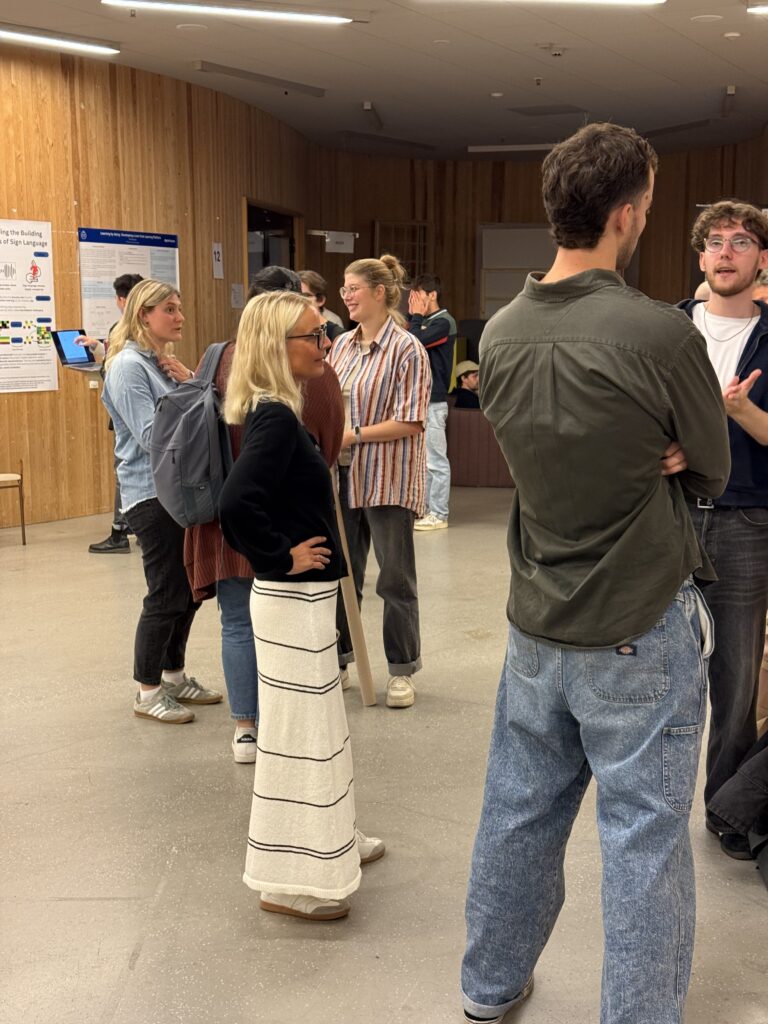
With your international background in building cross-sector partnerships, how do you see collaboration shaping Digital Futures’ next phase of growth?
– We need to do this across sectors and borders. I think it is essential for Europe’s competitiveness and resilience. We have the opportunity to harness digital tools to expand access to education, healthcare, and services that were once out of reach. Whether it’s shaping smart cities through real-time data, improving personal health tracking, or advancing carbon accounting platforms, the intersection of technology and sustainability is a powerful force for good. It is a clear call to action for academia, industry, and the public sector to foster economic and societal development by innovating together.
Which areas of Digital Futures’ research and innovation do you believe have the greatest potential to make an impact on society in the near future?
– I’m particularly excited about the Stockholm Digital Sandbox initiative, which aims to connect and leverage testbeds for AI and digital innovation. By bridging the gap between data, technology, and governance, we can accelerate responsible deployment. We are also seeing how digital transformation is dissolving boundaries between sectors – health, education, energy, and beyond – and creating new opportunities for convergence. This will foster innovation in areas like smart societies, digitalized industry, and rich and healthy lives. As a healthcare professional, I’m deeply inspired by the transformative potential of our work in digital health to revolutionize care delivery and drive meaningful improvements in health outcomes at scale.
How does your experience from EIT Health and other international organizations influence the way you approach leadership at Digital Futures?
– I have learned that responsible tech is not just about what we build – it’s about how and why we build it. It is important that our systems reflect human values and societal needs, and that we lead with integrity, transparency, and inclusiveness. At Digital Futures, I aim to foster a culture where innovation is both ambitious and ethical, and where our leadership transcends strategy into everyday interactions.
What do you see as the biggest opportunities and challenges for Sweden in digital transformation, and how can Digital Futures contribute?
– We benefit from our digital infrastructure, innovation, and public trust to lead in the next wave of digital transformation. We can go further by deepening collaboration between academia, industry, SMEs, the public sector, and government, and by investing in inclusive and sustainable technologies. Working together will help us overcome the challenges. We need to ensure equitable access to digital services, navigate complex regulatory landscapes, and maintain ethical standards in AI and data use. Digital Futures can lead and stimulate this process. We can do that by acting as a bridge – connecting stakeholders, enabling experimentation through testbeds, and advancing research that informs policy and practice. It is our interdisciplinary approach and commitment to societal impact that will help shape Sweden’s digital future.
What inspires you personally about working at the intersection of research, innovation, and digital transformation?
– We don’t have to accept the status quo, and it is stimulating when we have the power to change it for the better. To be a catalyst in such change is inspiring. Innovation thrives when people step outside their usual networks and ways of thinking. I look forward to those moments when diverse minds come together and something unexpected happens – it is a spark of creativity leading to real-world impact. Being part of that process is deeply rewarding. Innovation is always a collective achievement.
Digital Futures celebrates its five-year anniversary this October. As the new Executive Director, how do you see the journey so far, and what opportunities do you envision for the next five years?
– The achievements of the past five years will be felt by generations to come, and I believe it’s time to amplify those successes. To innovate more, we need to attract long-term funding. It is also important that we communicate to the outside world, especially about the impact we are making. This will foster continued collaboration. Looking ahead, I envision strengthening Digital Futures’ innovation capacity by more closely integrating actors from business, research, and education – locally and internationally. Collaborating with KTH Innovation, KTH Ventures, and strategic partners will help us enhance our competitiveness and relevance in society.
Text: Johanna Gavefalk

